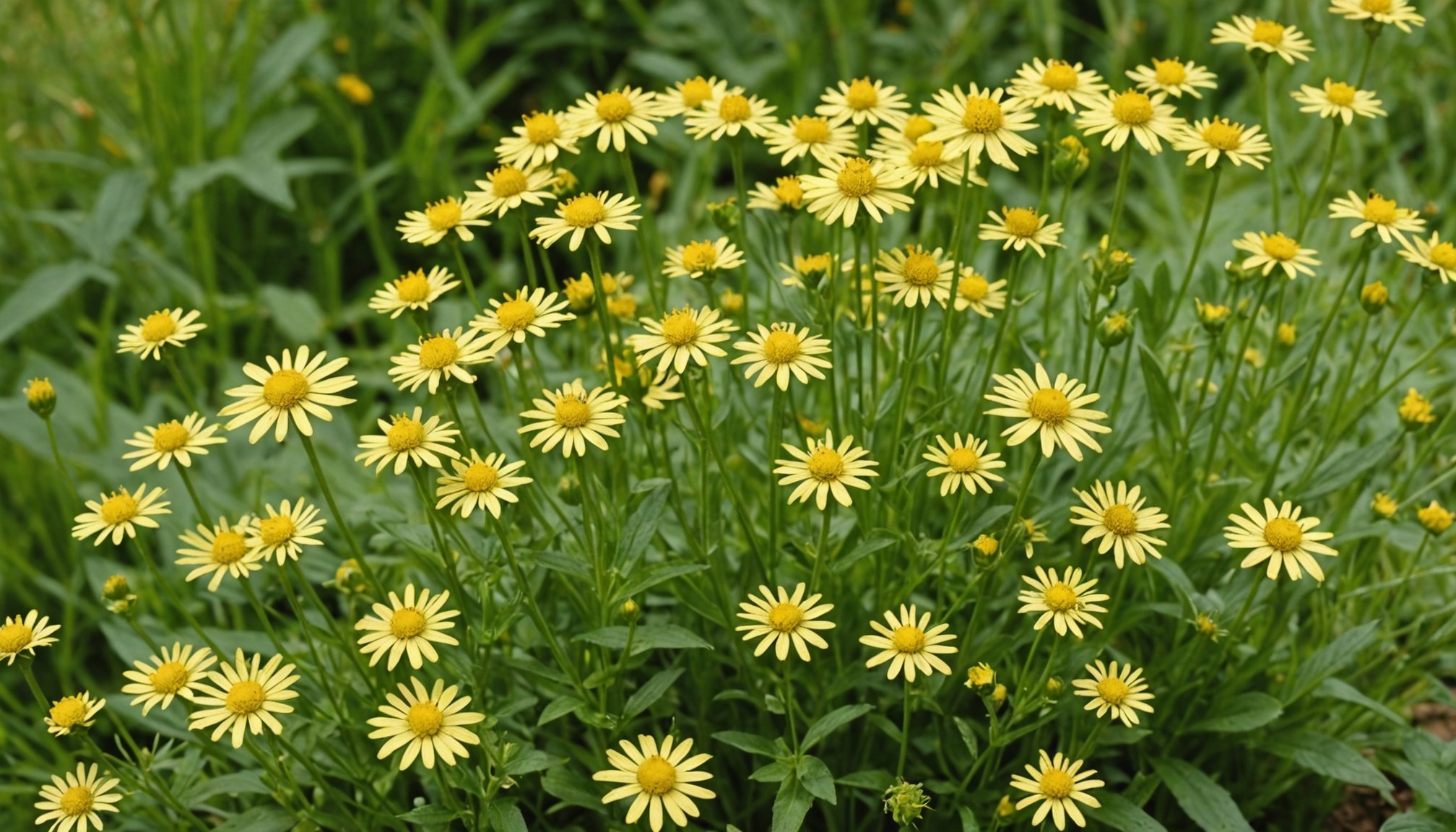Overview of Native UK Plants and Their Importance
Native UK plants play a crucial role in supporting local ecosystems. They have evolved over thousands of years to thrive in specific climates and soil conditions, making them essential to sustaining local wildlife. As these plants provide food and habitat for native insects, birds, and mammals, they contribute significantly to ecological stability.
In terms of biodiversity, the presence of a variety of native UK plants supports a healthier environment. This diversity is especially beneficial in pest management, as a range of plants can attract natural predators that help control pest populations, reducing the need for chemical pesticides in gardens. This not only protects the plants themselves but also safeguards surrounding wildlife and humans from potentially harmful substances.
A découvrir également : Ultimate Guide to the Best Mulching Techniques for Weed Control in UK Flower Beds
The impact of beneficial insects on organic gardening is profound. Insects such as bees, butterflies, and ladybirds act as pollinators and predators. They ensure that plants are effectively politated and that pests are controlled naturally. By fostering environments rich in native UK plants, gardeners can promote these beneficial insect populations, leading to more resilient and productive gardens. In essence, native plants form the backbone of healthy ecosystems, bolstering biodiversity and enhancing sustainable organic gardening practices.
Key Native UK Plants for Attracting Beneficial Insects
To create a thriving garden, native plants are vital in attracting a variety of beneficial insects, including essential pollinators such as bees and butterflies.
Avez-vous vu cela : Maximizing Space: Designing the Ultimate Permaculture Garden Layout for Your UK Suburban Home
Top Choices for Pollinators
Native plants like the Common Bluebell and Heather are excellent for attracting pollinators. The Common Bluebell, with its lush, blue blooms, thrives in partial shade and blooms in early spring. Heather, characterised by its vibrant pink or purple flowers, flourishes in well-drained acidic soil and blossoms from late summer to autumn. These plants are visually appealing and crucial for sustaining bees and butterflies throughout their active seasons, supporting biodiversity.
Plants that Draw Natural Pest Predators
Selecting native plants is equally important for attracting natural pest predators like ladybugs and lacewings. For instance, the Hogweed provides a food source with its umbrella-like flowers through spring and summer. These predators naturally control aphid populations, reducing the need for chemical pest solutions. Planting Marigolds alongside Hogweed enhances this effect, promoting a harmonious garden ecosystem.
Aesthetic and Ecological Benefits
Incorporating native plants not only elevates a garden’s beauty with diverse floral displays but also supports soil health and creates habitats for various creatures. They enhance the garden’s ecological balance, encouraging sustainable practices and promoting a dynamic and self-sustaining environment.
Care Instructions for Native Plants
Nurturing native plants in the UK requires an understanding of their specific needs and sustainable practices. Embracing organic methods over chemical options is crucial for fostering healthy growth and maintaining local biodiversity.
When it comes to watering, native plants generally need less water as they are adapted to the local climate. However, it’s essential to monitor soil moisture, especially during dry spells. A good rule of thumb is to water deeply but infrequently, promoting deeper root growth.
The choice of soil is equally important. Native plants typically thrive in well-drained soil; therefore, incorporating organic matter like compost can enhance soil structure and fertility. This not only improves plant health but also supports beneficial microorganisms.
Regular maintenance is another cornerstone of successful native plant care. This includes pruning dead or overgrown branches to encourage new growth and reduce disease. Understanding the growth patterns and seasonal needs of each plant will lead to a thriving garden.
Finally, incorporating sustainable practices like mulching can keep the soil temperature stable and inhibit weed growth. Mulch also retains moisture, meaning less frequent watering—a boon for eco-conscious gardeners.
Incorporating these simple, yet effective gardening tips can lead to a lush, vibrant garden while supporting local ecosystems.
Practical Tips for Implementing Beneficial Planting
Understanding the intricacies of sustainable gardening can significantly enhance your gardening experience. Embracing organic pest management, combined with thoughtful planting strategies, plays a pivotal role in this eco-friendly approach.
Companion Planting Techniques
The key to effective companion planting lies in strategic pairings. Certain plants, when placed together, naturally repel pests. For instance, marigolds are known for deterring nematodes, making them ideal companions for tomatoes. Layering plants is another efficient method, where tall plants provide shade for sun-sensitive species, enhancing their growth. Timing and spacing, crucial elements, ensure each plant receives optimal conditions to thrive and effectively manage pests.
Creating Pollinator Gardens
Pollinator gardens are not only visually appealing but also crucial for sustainable gardening. Designing these spaces requires attention to layout for attracting both pollinators and beneficial predators. Incorporating garden features like water sources or shelters increases your garden’s allure. Selecting native plants ensures consistent insect presence throughout the year, maintaining balance in the garden ecosystem.
Monitoring and Adjusting Practices
Continual observation of your garden is essential. Monitoring helps discern the efficacy of your pest management efforts. Adjust planting techniques based on fluctuations in the pest population to maintain healthy plant growth. Staying informed about native species and their benefits ensures that your gardening techniques evolve with the ecosystem’s needs.
Additional Resources and References
Exploring gardening resources can immensely benefit those interested in native UK plants. Books like “The Wildlife Gardener” by Kate Bradbury provide insights into cultivating native species. For digital explorers, the website of the Royal Horticultural Society is a go-to for further reading, offering comprehensive guides and expert tips on sustainable gardening.
Engaging with organizations is crucial for biodiversity efforts. The Wildlife Trusts and Plantlife UK are commendable for their work in raising awareness and providing expert guidance on preserving native flora. These organizations play a pivotal role in community engagement, encouraging collective efforts in conservation.
For those interested in organic pest management techniques, several resources can enhance their learning journey. Books such as “The Organic Gardener” by Christine and Michael Lavelle offer practical advice and in-depth methodologies. Websites like Garden Organic provide extensive resources, emphasizing the importance of natural solutions over chemical interventions.
In summary, leveraging these gardening resources not only expands your knowledge but also empowers you to make informed and sustainable choices in gardening. Engaging with the community and accessing expert guidance from respected sources fosters a deeper connection to the environment, making your garden a thriving ecosystem.











